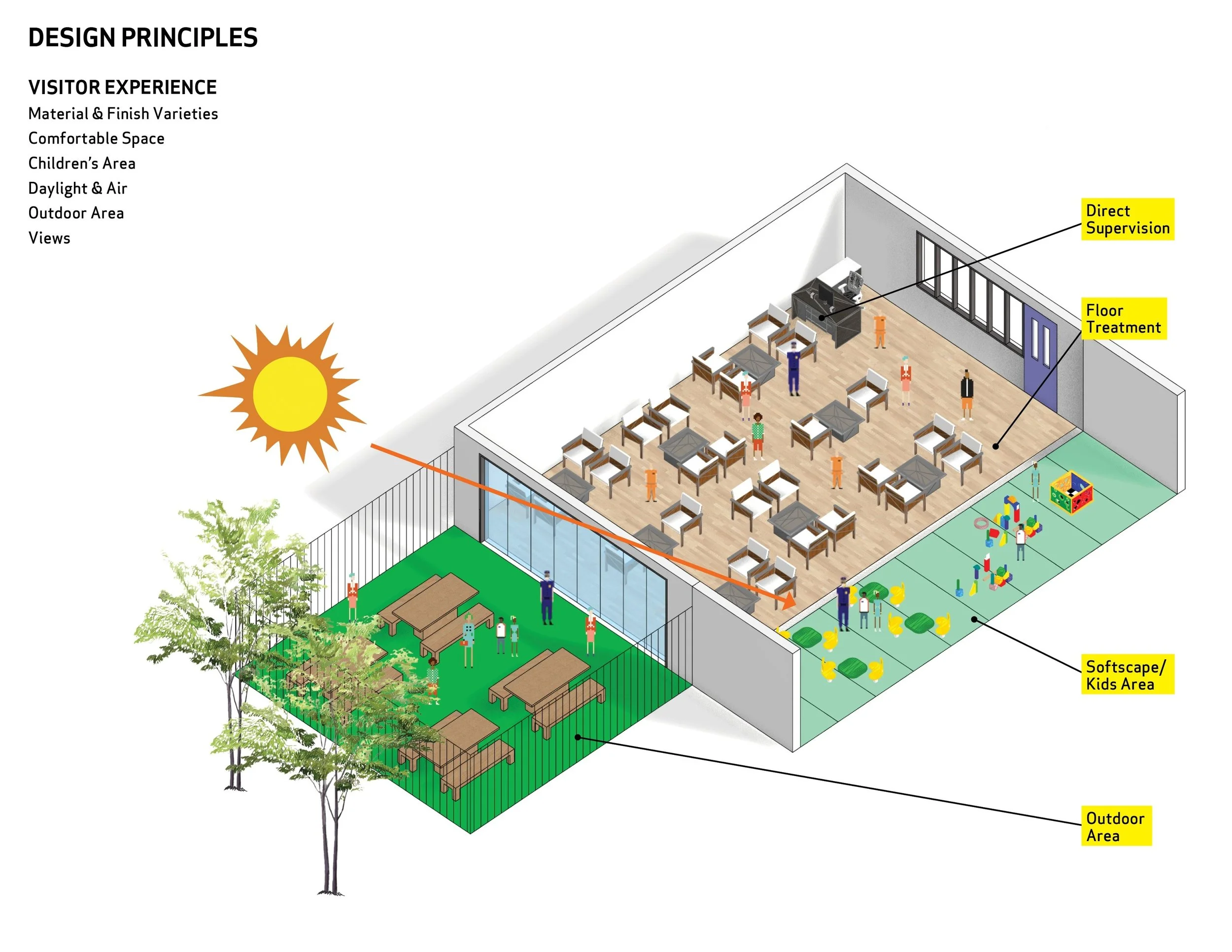The Flexible City
By Lucy Godwin
Resilience through adaptability: creating future-proofed urban development in a rapidly evolving world
We are living in increasingly unpredictable and uncertain times. Disruptive economic, environmental and political instability is making it progressively more challenging to anticipate how we will live and work in the future. Such forces are also creating global migration and urbanisation pressures meaning the demands on our cities, and the scarcity of land within them will continue to be more challenging.
All urban development projects require an element of crystal ball gazing – predicting what the space created might look like, who might occupy it and for what purpose. Given the pace of change we are currently experiencing across the globe, this exercise is becoming ever more challenging. For both developers and policy makers, the only way to create sustainable places that are optimised for the currently unpredictable demands of future generations is therefore to design spaces which are as flexible as possible, that can adapt to reflect how the world is as it changes.
Over the next year, it is therefore predicted that the need for the design, management and redevelopment of our urban spaces to be as adaptable as possible will become a key theme – the creation of the truly flexible city.
The principles and benefits of the flexible city can be embedded and realised throughout a urban development project’s life-span. Three key areas where is it predicted that flexibility will become a priority for built environment professionals are set out below:
1. Flexible Masterplanning
At the earliest masterplanning stage of large scale development schemes, flexibility will become fundamental in ensuring such projects make it to fruition. Major urban development’s take many years to design and deliver. Over this time, markets can shift, demand profiles alter and the economic, political and physical environment transform. In order to maximise project viability and minimise risk, it will become increasingly important for the use, timing and detailed design of phases and plots to remain flexible for as long as possible.
What this means in practise is that what may have initially been envisaged as a commercial plot should be able to become a residential building, or the launch of a phase brought forward, or delayed as the design and delivery of the masterplan evolves and the market context moves. This will ensure schemes are as financially viable as possible, truly optimally designed for the end-user and ultimately successful places to work and live.
In order to achieve this, there will be increasing pressures on built environment professionals from a spectrum of disciplines to factor flexibility into their work. Planners will be required to think outside of restrictive zoning and use class systems to promote and enable flexible development as a core value; architects will need to innovatively masterplan with consideration to a variety of delivery scenarios; and legal professionals will need to create intelligent development management agreements that allow developers to change what and when they are delivering scheme proposals.
An example of an ongoing project that has embedded flexible delivery at its core is King’s Cross, where the master developer Argent has worked closely with Camden Council in adapting the design and timing of the delivery of the plots across the scheme, with buildings changing use, and phases brought forward or delayed, in response to the evolving site and market conditions.
2. Flexible Building Design
Flexibility will also need to be embedded at the more detailed building design phase. Being able to retrofit a building to change its use or optimise its design often has considerable environmental and economic benefits when compared to wholesale redevelopment, with typically lower upfront capital expenditure and a much smaller carbon footprint.
This is not a new concept - with many of our cities most iconic buildings have changed use a number of times from there original intended use, meaning they remain financially viable and relevant decades after they were built. However, it is predicted that consciously considering how a building may be adapted for different uses from early in the design process (rather than adaptability as an afterthought once the building is ending its current useful life) will become of increasingly common mandate for architects to help extend a buildings lifespan and ensure it remains viable for generations to come.
The Oxo Tower was originally built as a power station at the end of the 19th century, before being converted into a cold store for Oxo beef stock cubes in the 1920s. In the 1990’s it was redeveloped again by Coin Street Community Builders to provide residential, restaurant, retail and exhibition space. It is now one of the most iconic buildings in London, having won numerous architectural awards.
In the age of disruption, there should not be an over-reliance on current tech as an integral part of the building. Whilst this does not rule out smart buildings, such buildings must have intelligent mechanical and electrical strategies that allows for easy retrofitting, to ensure buildings can keep up with the latest occupational demands.
Servicing and parking arrangement adaptability should be maximised with consideration to a number of types of vehicle and accessibility for a range of potential future demographic demands, particularly elderly users.
Even at the design stage, thought should be given to the end of a building’s useful life span to allow for cost efficient demolition and the ability to flexibly re-use / re-cycle materials.
Within the recently completed Bloomberg Building new magnetic technology has been used that allows wooden floor panels to be easily lifted so underground wiring can be adjusted. This is a prime example of how a ‘smart’ building can be flexibly designed to allow for easy retrofitting in the age of disruptive technology.
3. Flexible Building Management
Flexibility can also be embedded within individual spaces within buildings. No single use class requires occupation of a building 24 / 7, 365 days a year. Office buildings are often deserted after 7pm, and many residential buildings are left heavily unoccupied Monday – Friday during the day. This means there is capacity in many urban spaces for additional occupation.
It is predicted that over the next year, intelligent building management, underpinned by flexible design principles will be increasingly used to create spaces that can utilise this extra capacity. For example, a space that is used as a café in the morning might become a co-working space in the day, and a bar or community events space in the evening. Parking used by residents at night might be adapted for commercial users during the day. This flexible use of such spaces helps activate neighbourhoods throughout the day, week and year, enhancing placemaking and creating a more vibrant, safer and inviting neighbourhood. They also help drive additional rental streams for landlords and support value growth in other adjacent uses.
Flexibility can also be provided for occupiers via the provision of flexible lease structures and licences. This allows for small businesses to grow rapidly or reduce headcount as and when they require. The massive global expansion of co-working providers such as WeWork and Regus demonstrates the untapped demand for such flexible arrangements. In the current unpredictable world, even established large corporations have been taking space in such co-working centres, proving how flexibility is becoming a principle valued across a range of occupier typologies.
In the residential sector, the rapid rise in private renting across many European and US cities also demonstrates that households are also valuing the flexibility rental arrangements can bring over buying a property. Even in the UK, which has had a long tradition of aspirational home ownership, growth in this private rental sector has in part been attributed to the demands of millennials who value flexibility over stability in their housing arrangements.
Over the next year, as changes in the socio-economic, technological, environmental and political context we live and work in continues to accelerate, the demands on our urban spaces produced by how, why, when and by whom they are used, will likely change radically.




